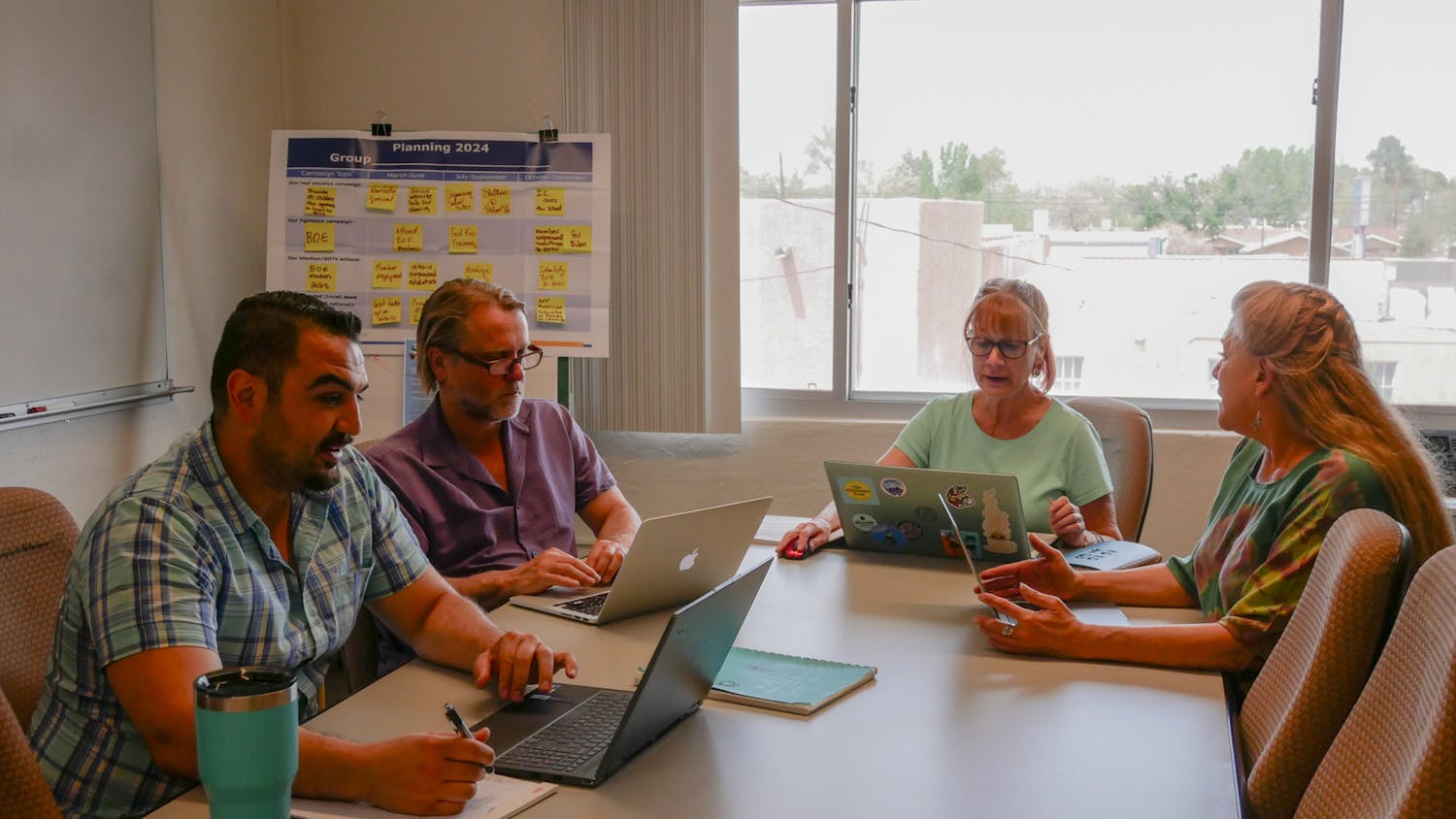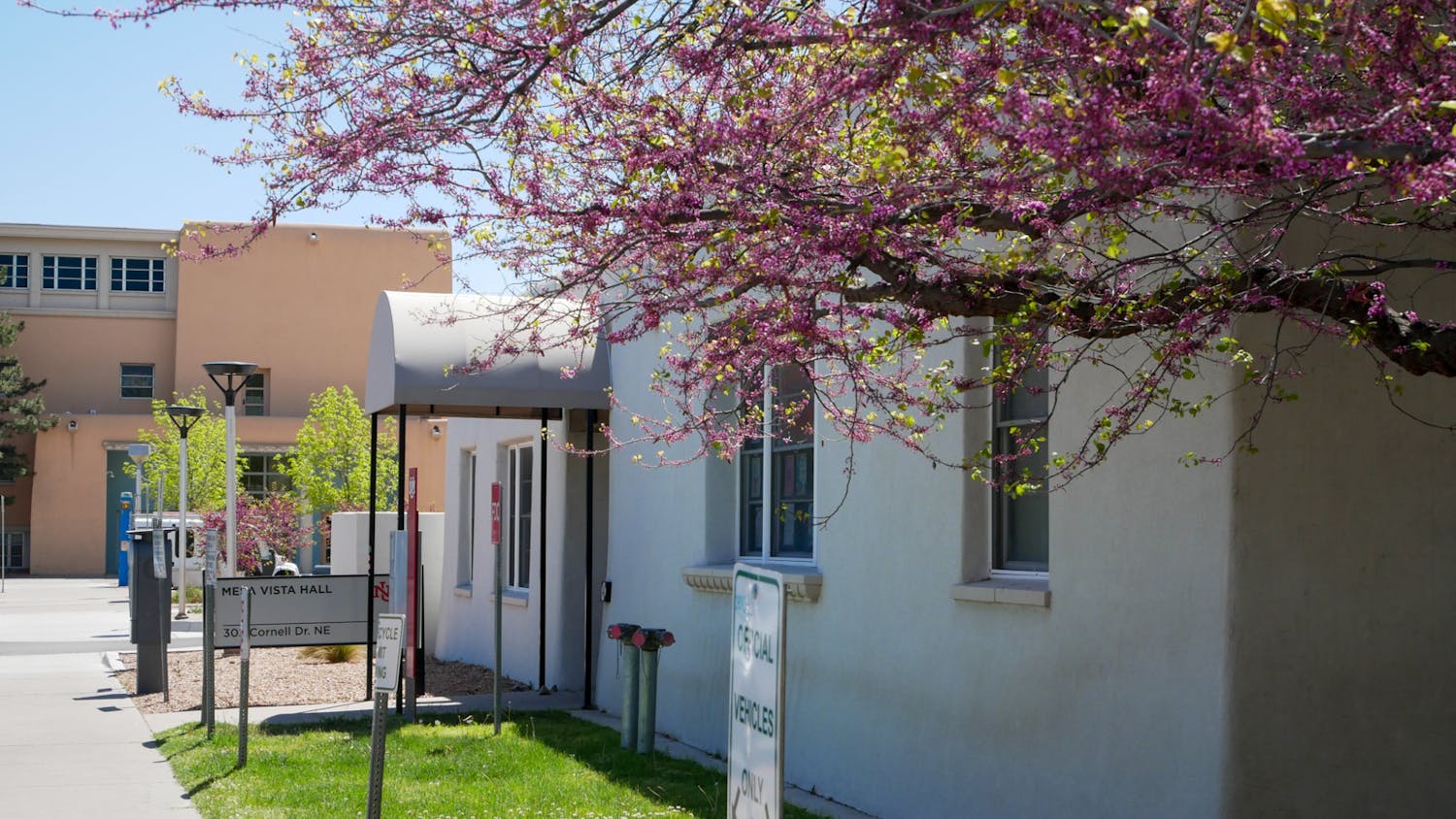Tribune Media Service
The Internet gives students a useful research tool when they’re writing papers, but it also opens the door for plagiarism.
An increasing number of sites, such as OPPapers.com — which stands for Other People’s Papers — allow students to download entire term papers for free. Hundreds of other sites, from BigNerds.com to LazyStudents.com, feature as many as 50,000 papers and essays written by students.
Those services, along with the thousands of legitimate online databases that students can easily copy, spell trouble for colleges and high schools across the country.
“Like many other universities, it is a bit of a problem for us,” said Michael Grant, associate vice chancellor for undergraduate studies at the University of Colorado at Boulder. “We’re concerned about it.”
Grant said as many as 20 cases of Internet plagiarism were reported over the past school year, compared with about a half-dozen the year before. The actual number of incidents is much higher, he said, because most cases are handled between the student and professor and aren’t reported to university officials.
Get content from The Daily Lobo delivered to your inbox
Though the problem is becoming an issue at CU, it is more prevalent at high schools than at colleges, according to studies by Donald McCabe, founder of the Center for Academic Integrity at Duke University.
A recent study by McCabe found that 54 percent of high school students have plagiarized from the Internet. The study involved 4,500 students at 25 high schools across the country. It also found that 15 percent had turned in a paper that was copied entirely or almost entirely from a Web site.
In 1999, McCabe conducted a similar study with 2,100 students from 21 colleges across the country. In that study, 10 percent of students admitted to Internet plagiarism and 5 percent turned in papers that were obtained entirely or almost entirely from the Web.
“I see it as a significant problem at the high school level and a growing problem at the college level,” McCabe said.
Local high school officials have noticed the increase in Internet plagiarism in recent years.
About a half-dozen students have been caught plagiarizing information from the Web at Thomas Jefferson High School in the past year, said principal Ann Bailey. She started noticing the problem in the fall of 1999.
The most recent cases involved two seniors who lifted eight-to-10-page research papers for a British literature class straight off the Internet. One was about the bubonic plague, the other about medieval knights.
“They changed a word here and there, but that was it,” said teacher Kerry Weigner.
Kari Kellner, an English teacher at Gateway High School, said she’s caught two students plagiarizing in the past year. One failed to cite a source, and the other copied an entire paper.
High school students are more likely to plagiarize off the Internet because they have more experience with the Web, said McCabe, a professor at Rutgers University.
“Those students are growing up with the Internet, and they rely on it with a much greater degree,” McCabe said.
Another reason is high school classes have much broader assignments, which makes it easier to find information about the topic online. And many of the papers found online aren’t college-level material.
About 70 percent of the almost 10,000 papers in the OPPapers’ database aren’t well written, said Blaine Vess, a college student who runs the site. Vess, who receives plenty of e-mail complaints from teachers and professors, also guessed that about 20 percent of the papers would probably receive a D or an F.
The ease with which a student can plagiarize information from the Internet is the main reason it’s become a problem, said Lawrence M. Hinman, director of the Values Institute at the University of San Diego.
“It used to be that when you wanted to plagiarize, you had to plan ahead,” Hinman said. “Now, it’s precisely available to those who don’t plan ahead.”
Students can simply pull up a site such as PlanetPapers.com and run their topic through a search engine. In mere seconds, the site returns a number of papers on the topic, and many also include citations or a bibliography. They may also find information on their topic on thousands of other sites, not just those that offer sample papers.
With the information on the computer instead of a book, students can easily cut and paste a few paragraphs into their own paper. Or they can print out the entire paper and simply add a cover sheet.
“The typical profile is a student who by and large wouldn’t cheat,” Hinman said. “But they get jammed up and can’t get an assignment in on time. Then the student gets on the Web at 11 o’clock at night, downloads a paper and prints it out.”
Many sites are free, though others charge fees ranging from $10 a year to $10 a page. Some even offer to write an original paper for students. At MadPapers.com, students can order a paper with a bibliography and have it delivered within eight to 10 hours for $29 a page.
Though cheating on a paper may be easier in the Internet age, it’s also getting increasingly easier to detect.
Along with traditional methods of detecting a plagiarized paper — such as a sudden change in writing style — there are sites that help teachers with the process. Turnitin.com takes paper submissions from teachers and runs them through its database and returns an “originality report.”
The report shows which part of the paper is most similar to the papers in its database — the site claims to have hundreds of thousands papers. It also provides links to Web pages that may have been the source of the information.
John Barrie, founder of Turnitin, said 1,000 high schools and 250 colleges worldwide subscribe to the service. He said the company analyzes 1,000 to 2,000 papers daily and about 30 percent have a plagiarized element. The site charges anywhere from $25 per academic year for a single teacher to $4,000 for an entire university.
Teachers can also do their own search on sites such as AltaVista.com and MetaCrawler.com, which is how Weigner of Thomas Jefferson caught his students. He searched the students’ topics at MetaCrawler and found their papers in about a minute.
“The main secret for a successful search is to select a phrase from a suspicious document with some distinctive wording,” says University of Denver history professor Charles P. Carlson.
The tip comes from Carlson’s article titled “Internet Plagiarism and How to Detect It,” which he wrote last summer after catching two students committing the act in the same class.
Punishments vary for students who are caught cheating, depending on the situation. They include a failing grade on the assignment to expulsion or suspension for repeat offenders.
Because it is virtually impossible to keep a student from getting online, educators are looking at other ways to curb the problem. One option is assigning more creative paper topics.
“We try to create a question or paper topic that is so specific and detailed that it makes it difficult to find a paper out there that would address the question,” said Richard Blanke, director of the Ethics Institute at the University of Northern Colorado.
At Gateway High School, English students are required to turn in multiple drafts of a paper, said teacher Phil Gerkin. And some drafts are also written in class.
CU-Boulder is taking a different approach. The college is leaving the responsibility to the student by incorporating the plagiarism issue into its honor code, which has been in the works for about three years. The honor code will require students to pledge that the papers they turn in are their own work.
About 100 colleges have honor codes in place, said McCabe of the Center for Academic Integrity. His 1999 college study found that 53 percent of students on campuses with honor codes admitted to cheating on an exam or term paper, compared with 68 percent on noncode campuses.
CU-Boulder’s honor code is expected to be in place next spring.





